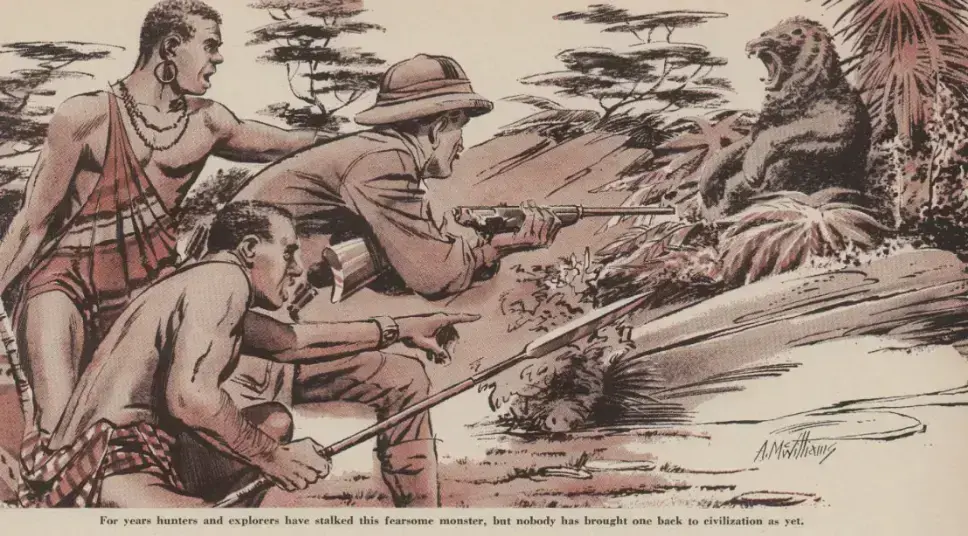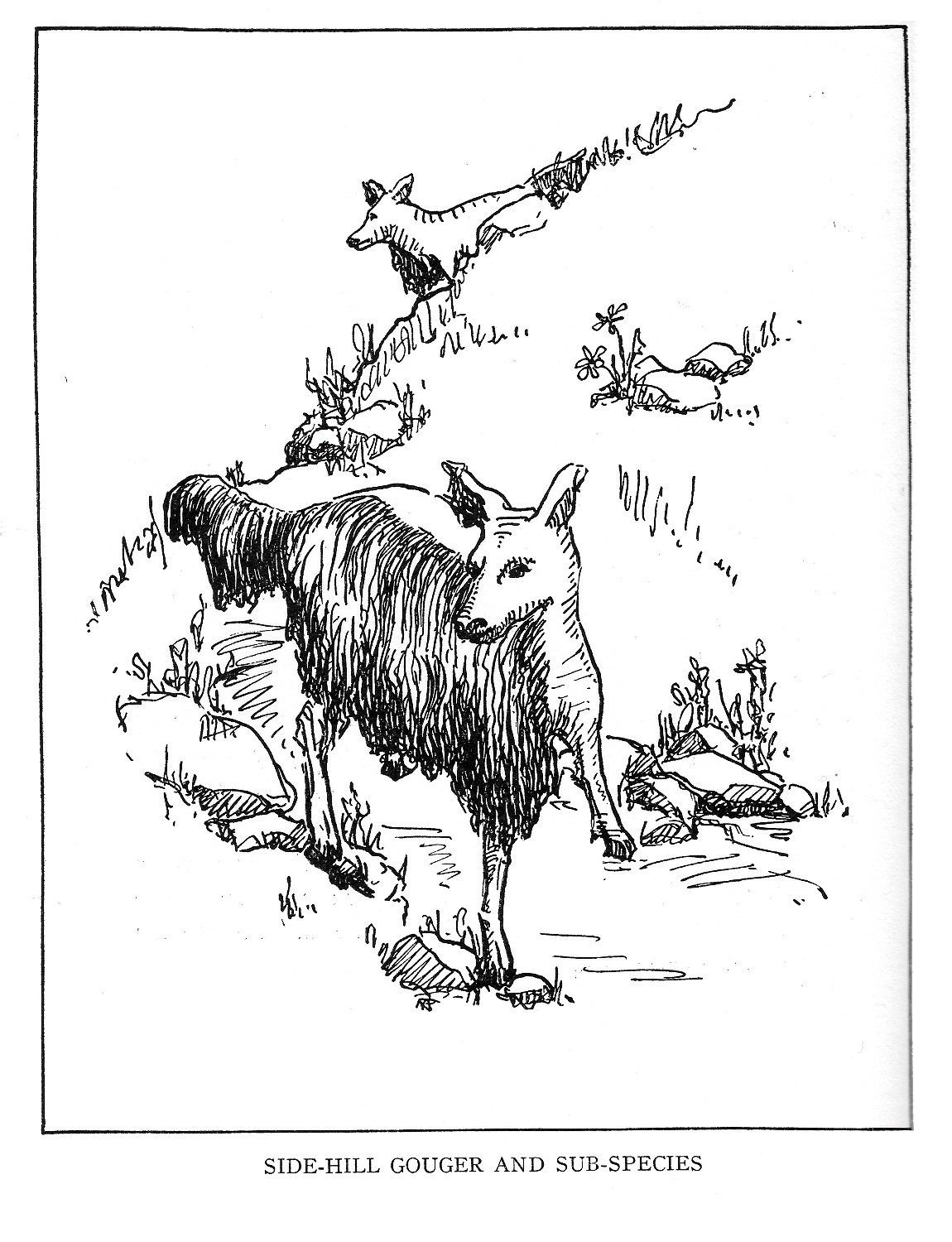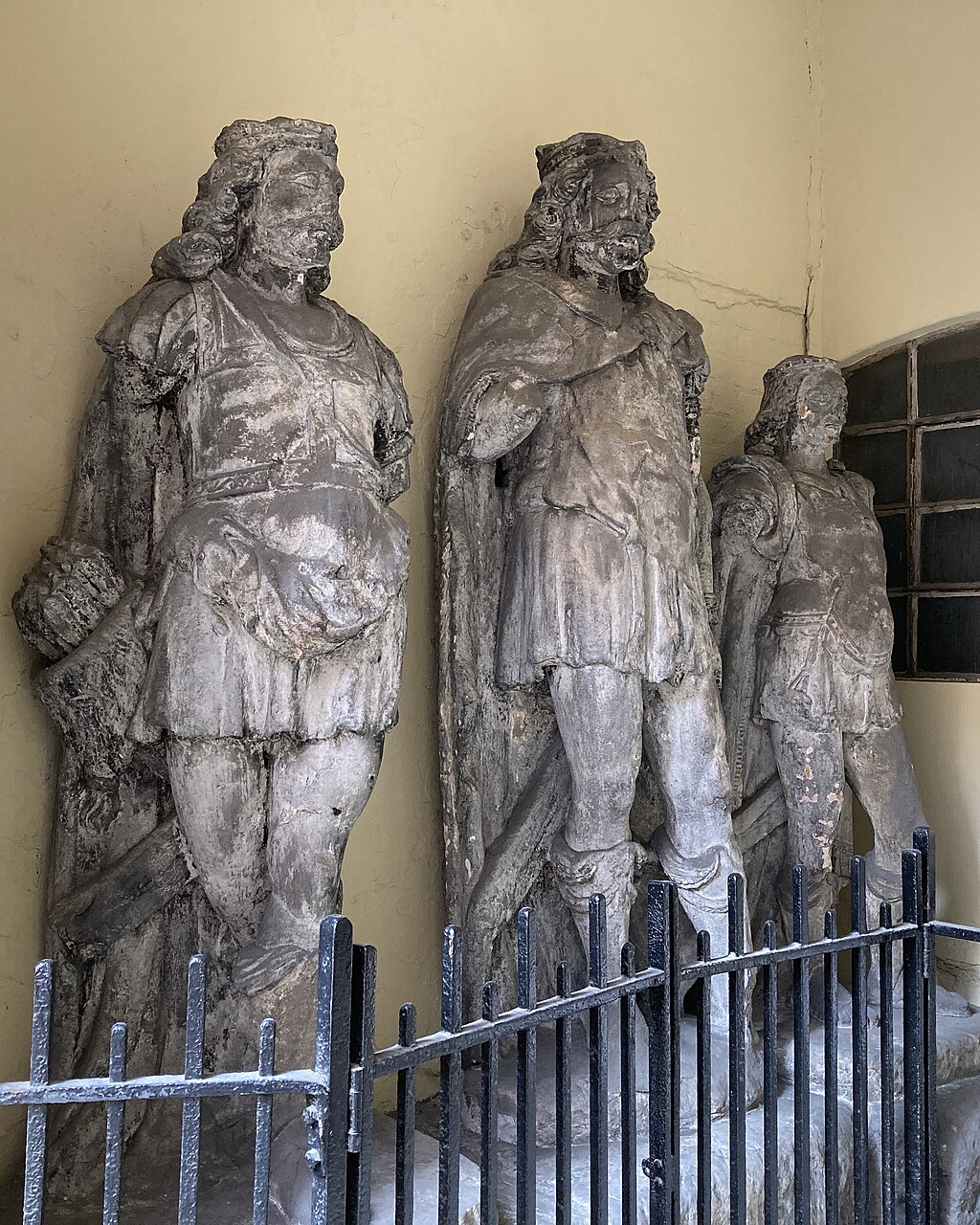Nandi bear

In east African folklore, the Nandi bear is a creature said to inhabit East Africa. Named after the Nandi people of western Kenya where it's commonly reported, it's also known as Chemosit, Kerit, Koddoelo, Ngoloko, or Duba (derived from Arabic words for 'bear' and 'hyena'). The Samburu "Nkampit" appears to be another version of this creature. Descriptions portray the Nandi bear as a ferocious, powerfully built carnivore standing over four feet tall at the shoulders with a sloping back. According to local stories, it's fierce, nocturnal, can stand on its hind legs, and is capable of killing animals. Charles William Hobley documented its supposed footprint in 1913. The Nandi people's version, the "kerit," is described as having reddish hair and long feet, and is allegedly known for scalping humans. Gardner Soule noted in 1961 that although sightings were reported throughout Kenya during the 19th and early 20th centuries, the creature "never has been caught or identified." Sightings diminished over time, leading Richard Meinertzhagen to speculate in 1905 that it might have been an "anthropoid ape now extinct on account of decreased rainfall."


